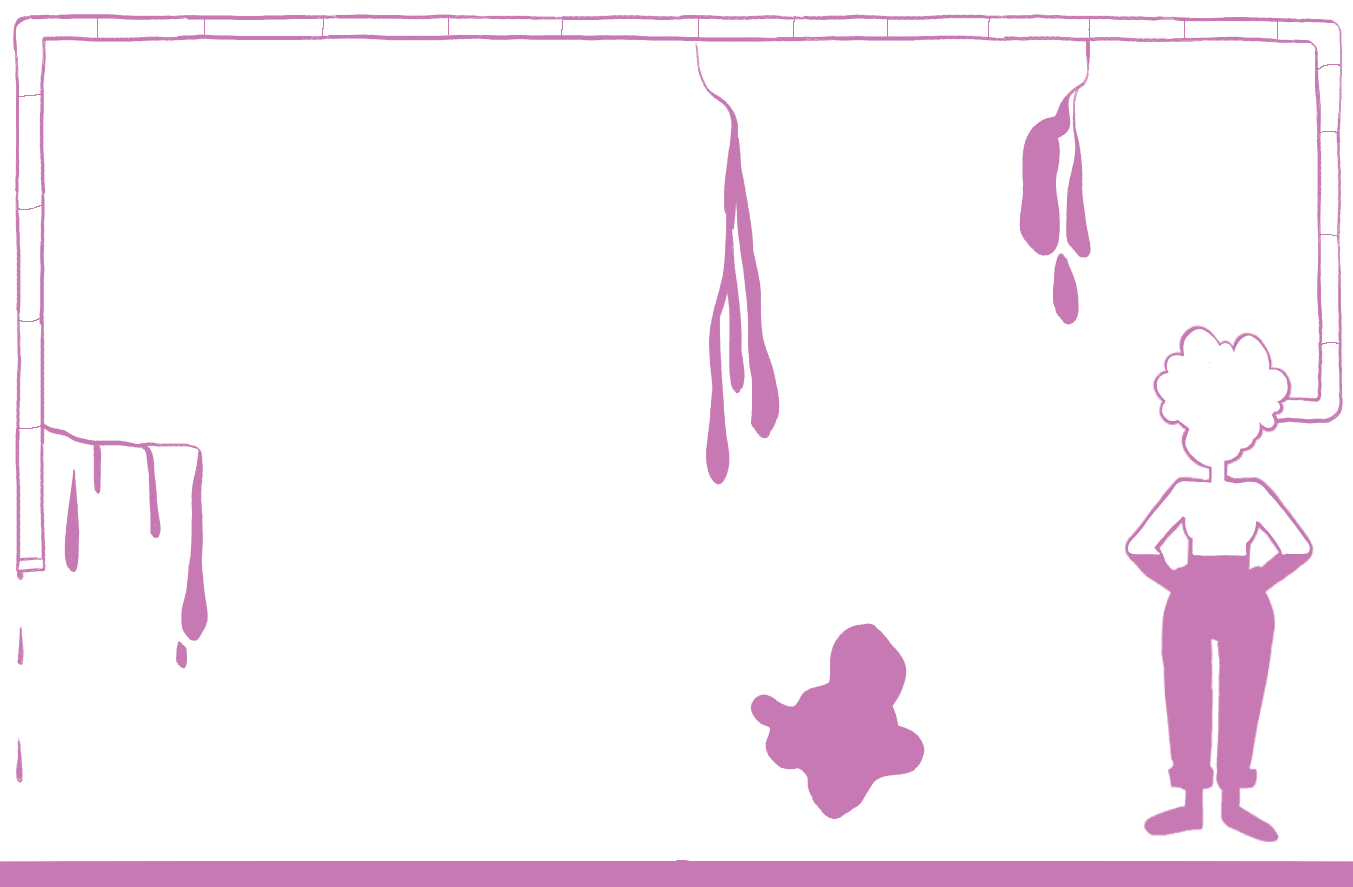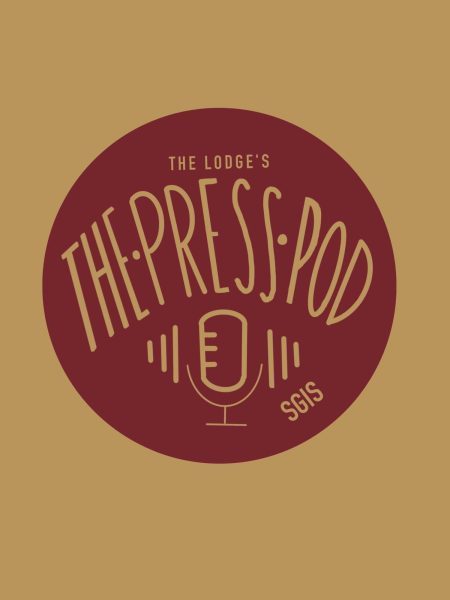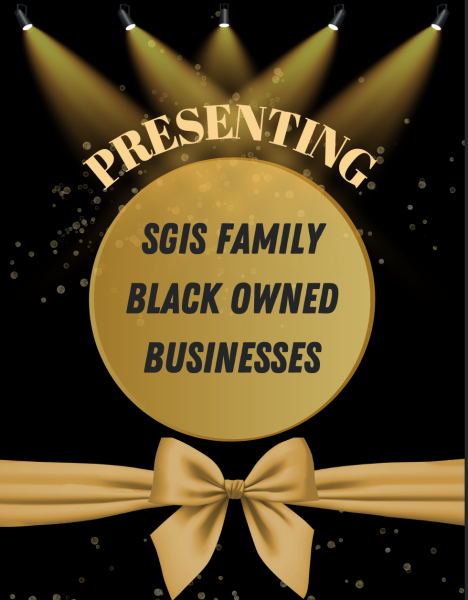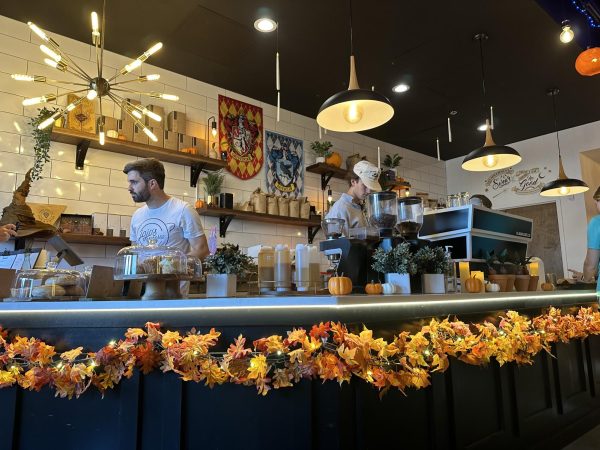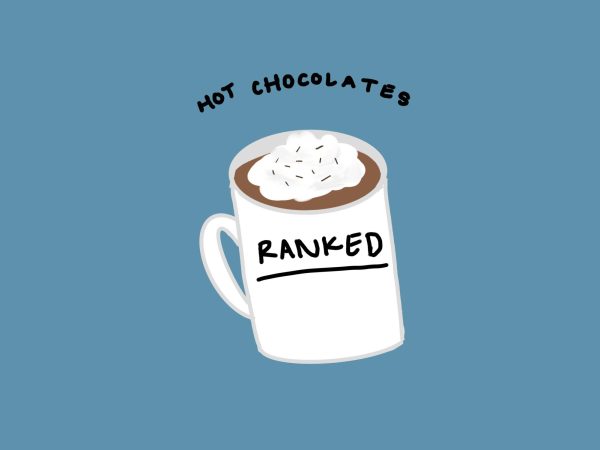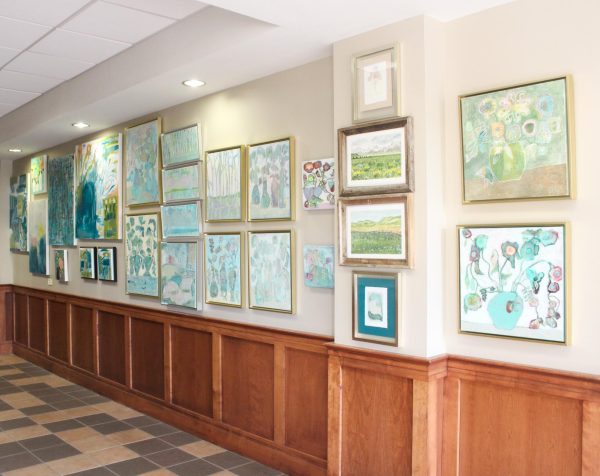Culture vultures
Photo: Elle Vaughn
It is Halloween night. Everyone is armed in their Halloween gear, ready to embark on adventures and parties galore. As boys scour stores for fake blood and masks in an attempt to dress as the newest “Purge” character, girls rip normal-fitting clothes into cat costumes that leave little to the imagination. It’s a night of fun, sugar rushes and harmless pranks, meant to bring people together.
And then, you see it.
The perky blonde dressed as a scantily-clad Pocahontas or the frat guy who thought it was funny to paint his entire face black and sport a huge costume afro wig.
Your response most likely depends on your knowledge of cultural exchange and how it works.
Culture usually describes the shared set of values and practices amongst a particular group of people. Cultural exchange is necessary for growth and the trade of knowledge and new ideas. But this exchange can be damaging when it strays from appreciation and is morphed and exaggerated to the point of caricature.
This phenomenon, known widely as cultural appropriation, is defined loosely by The Huffington Post as what occurs “when borrowing turns into exploitation.”
Most controversy surrounding cultural appropriation stems from the nature of culture itself as an aspect of human life that is always growing, changing and evolving. The merging of certain aspects of different cultures is virtually unavoidable, and similar trends inevitably appear across cultural, racial and national bounds. We see the positive effects of cultural exchange through cross-cultural foods, rock-and-roll, and even modern language and mathematics.
With that being said, this is not to suggest that people cannot like or enjoy the cultures of others. It only becomes a problem when said cultures are adopted without respect or monetized by those who did not create them, and when very real identities are worn as costumes.
In America, it is in Black culture that we see this phenomenon most frequently. American Black culture is something that is seen as accessible to everyone, simply because it has become almost synonymous to American pop culture. It is seen as cool and hip in all of its forms, whether it is music, style of dress, hairstyles or African-American vernacular.
“Probably the most listened-to music among young people is rap music, which is mostly Black culture that has kind of spread into the mainstream of everything,” upper school art teacher Mr. Danny Broadway said. “In that regard, I think it’s a very important part of culture because it has such an influence.”
Dillon Burrell, a senior at Overton High School in Memphis and aspiring musician, agrees that the influence of Black music is unavoidable.
“I feel that it shows how beautiful hip-hop is. It shows how it just doesn’t just pertain to black people,” Burrell said. “It goes around the world, and it’s affecting everybody to a point that they don’t even know anymore because this music and lifestyle is just so compelling. I think that they can’t [avoid it] because it’s everywhere. They can’t, not in America.”
Jas Marie, a senior at East High School in Memphis, agrees.
“I think Black culture is the beginning of everything great,” Marie said. “Black people inspire so many things. We’re just fly naturally: in real life, on social media, in our art. What else is there? Black culture is the Alpha and the Omega.”
The celebration and enjoyment of Black culture can easily become exploitation when it transforms into satirical emulation.
In Japan, the love of Black American hip-hop culture is so pervasive that people have started a subculture, often called “Burakku” or, literally, “Black.” People who participate in Burakku tan their skin, adorn their hair with braids and listen to what they consider to be traditionally Black music: Dancehall, Reggae, Hip Hop and Rap. This is also a popular phenomenon in Korea, where it is not uncommon for television actors, and artists such as K-Pop performers BEAST/B2ST, to don blackface for a cheap laugh.
“It messes with people subconsciously. It affects them over time. It hurts,” said Marie.
This type of appropriation is also present in the fashion industry, in which watered-down Afrocentric clothing and hairstyles are presented as “exotic,” “unique,” or worse yet, “tribal” looks,but often shown on white models.
Senior Kai Taylor, a passionate follower of the fashion industry, laments the recent exploitation of Black culture and trends by nonblack designers.
“We tell them it’s offensive, and they don’t even care,” Taylor said.
A recent example of this is Marc Jacobs’ use of rainbow locs on the mostly-white models in his runway show. Another example occurred when Valentino designers Maria Grazia Chiuri and Pierpaolo Piccioli showcased their 2016 summer collection earlier last year, describing it as “primitive, tribal, spiritual yet regal.” However, in their 90-model runway show, there were only eight models of color present.
“There is already a lack of diversity in the fashion industry, and you have the nerve to snatch the culture of someone that you won’t even hire,” Taylor said. “It’s ugly, and it needs to stop.”
This type of overt anti-black racism is detrimental in a few ways. Exotifying and condensing many complex cultures into something watered down and then proceeding to describe it as “primitive” dehumanizes the people behind those styles, as does suggesting that those styles are innately contradictory to regality. While it is true that all fashion is inspired by previous trends, it is another thing altogether to steal, dehumanize and oversimplify entire cultures for monetary gain.
Marie is also bothered by practices in the fashion industry that seem to rob Blacks of the rights to their own culture.
“It hurts Black businesses that started things. Or let’s talk about ‘hood culture,’ things that are deemed as ‘ghetto:’ cornrows, long acrylic nails, things like that. You see these on New York fashion runways. Black girls are told that they’re ghetto and that they’re dirty, and that they can’t have these styles because they’re just wrong,” Marie said. “Meanwhile, they see it on white women in magazines. So part of that effect is like, ‘Oh, either I can’t embrace my culture or I have to be lighter [skinned] to do these things.’”
Similarly, the same “slang” deemed unintelligent and unprofessional when used colloquially among African Americans has become the source of new marketing slogans when large companies realize that their young consumers think it’s cool.
Seeing one’s culture become popular amongst the masses when they were criticized for exercising that same culture hurts
“It’s not only hard trying to tear down the current walls that are preventing you from loving yourself, but you also have to constantly fight against the bricks being thrown at you from other cultures who want to take what’s yours,” Davis said. “What about me is so hard to love, especially when these other women who are not of my culture do the same things and get praised?”
It is easy to avoid exploitation when one gives the credits and the benefits of a cultural creation to its original creators, instead of crowding them out of their own markets, mocking their culture and damaging their livelihood. Supporting cultural businesses and participating in positive cultural exchange are good ways to celebrate a culture without appropriating it. Like many artists, Mr. Broadway feels as though authenticity is key.
“Anytime someone takes something artistic and doesn’t give the person who makes it credit, it’s just a horrible thing,” Mr. Broadway said. “If someone does something that you do because they like what you do and they want to try to make something like what you made, as long as they give you credit for it, I think it’s okay. But if they try to take it and make it their own without saying where it came from originally, someone who knows it sees it, and they know it for what it is. It’s a fake.”
Many claim that Black people are culprits of the same type of appropriation when they adorn straight hairstyles, speak “properly” or subscribe to aspects of white American culture. But in actuality, the pressure that Black people face on a daily basis to change themselves just to be taken seriously is an example of assimilation for the sake of their own professional, educational and emotional wellbeing. There is a very distinct difference between adopting the characteristics of the dominant culture for survival and adopting the characteristics of a minority group for fun.
When a dominant culture controls all of the markets in a particular place, this culture is seen as the default, which creates implicit biases about other cultures that are hard to detect, and even harder to eradicate.
This is the reason Black skin is a costume for people to try on for size, why it is theirs to climb into and get a feel for, only to abandon when its repercussions knick at their heels. It is why Black aesthetic is uprooted, debased, copied, chewed up and spit out.
To bastardize Black culture for sport, trend, entertainment or financial gain is not the same as appreciating it. Moreover, it is not the same as valuing it.
“We built the world for y’all and y’all try to take us out of it,” Burrell said. “But you can’t. We’re the milk and honey.”


